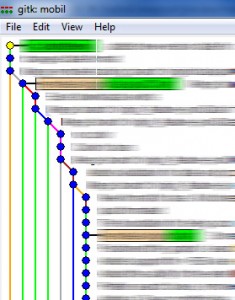I used to curse the rate of which new releases of PhoneGap / Cordova kept popping up. It often meant alot of hassle for me to upgrade projects to keep up. Sometimes these upgrades needed to be done over several versions of PhoneGap which of course made things harder.
Now I find myself at the complete opposite end, I just cant wait for new releases of PhoneGap! The reason for this is called CB-1285. A bug (or limitation) that results in images received from the PhoneGap API lacks the EXIF data that normally is present. One such example is the orientation meta data that is used to rotate the image. Other EXIF data includes camera type and sometimes also geocoordinates.
Trying to figure out why my images got rotated took some research. It wasnt made easier by the fact that PhoneGap is known under many different names. PhoneGap, Cordova, Callback and under either Adobe or Apache.
EDIT: The bug has been marked as resolved in 2.6.0 but I am still unable to get the result I want (ie an image with EXIF-data intact). I will update if I find out more.
 GIT made me a christmas tree, thank you Linus Torvalds! I find GIT to be essential in my work. It makes text editing look like rocket science. My clients are impressed.
GIT made me a christmas tree, thank you Linus Torvalds! I find GIT to be essential in my work. It makes text editing look like rocket science. My clients are impressed. Att
Att